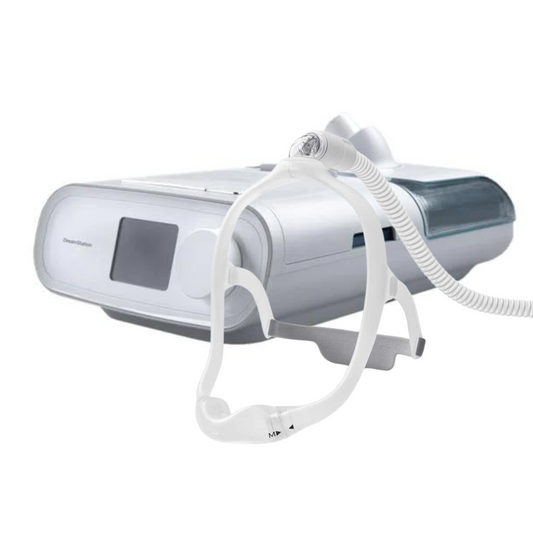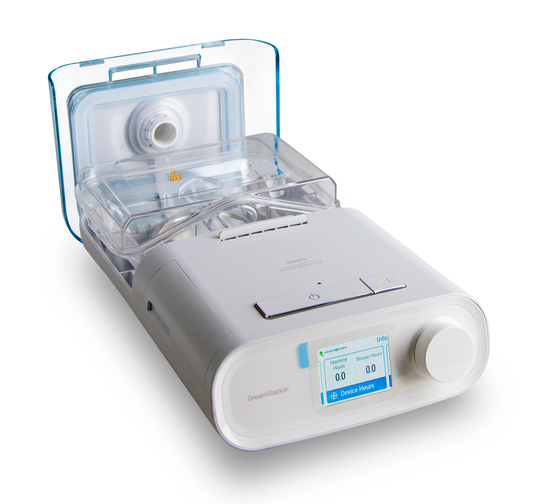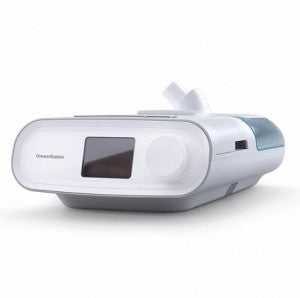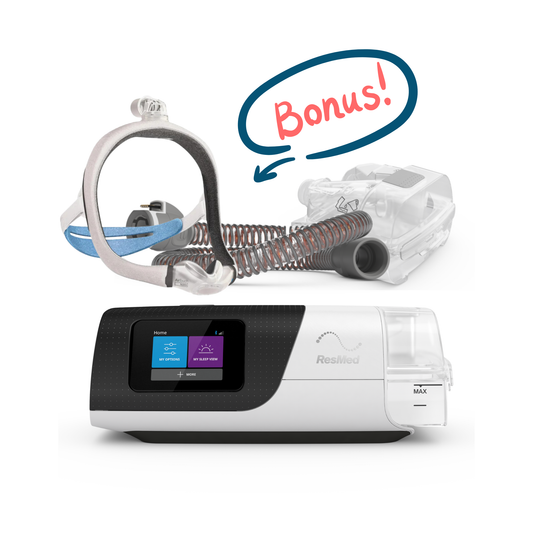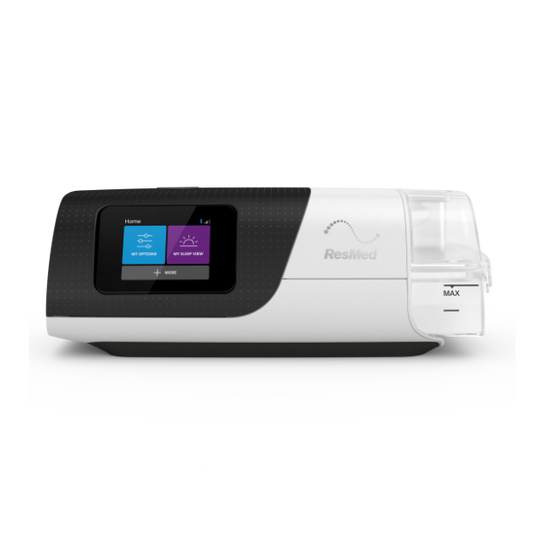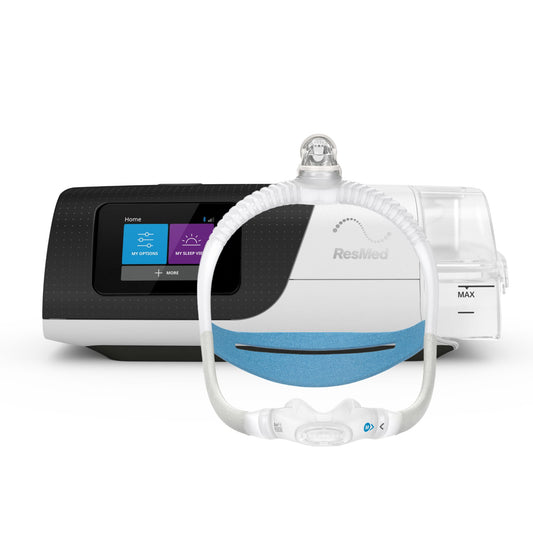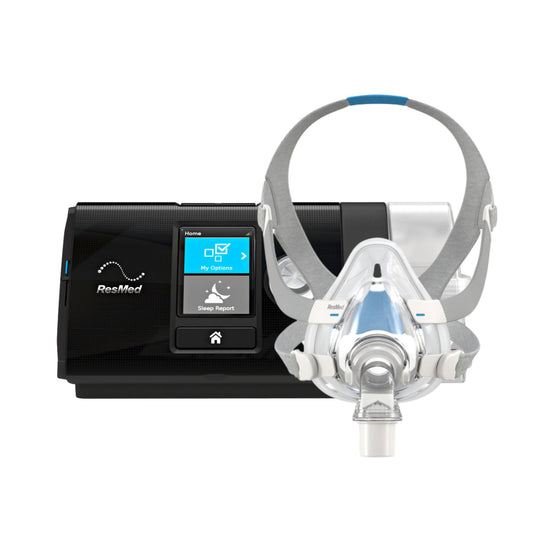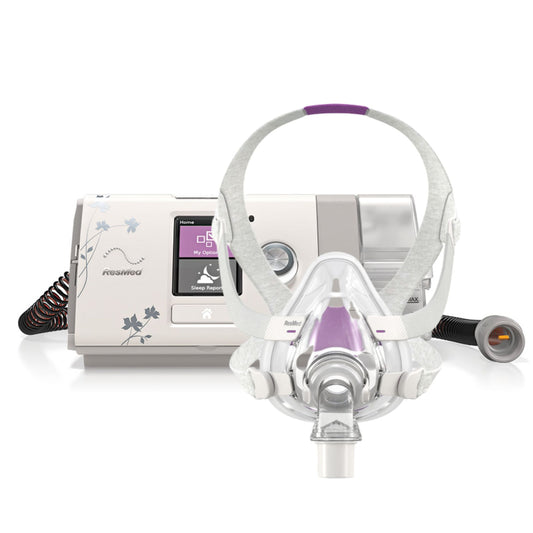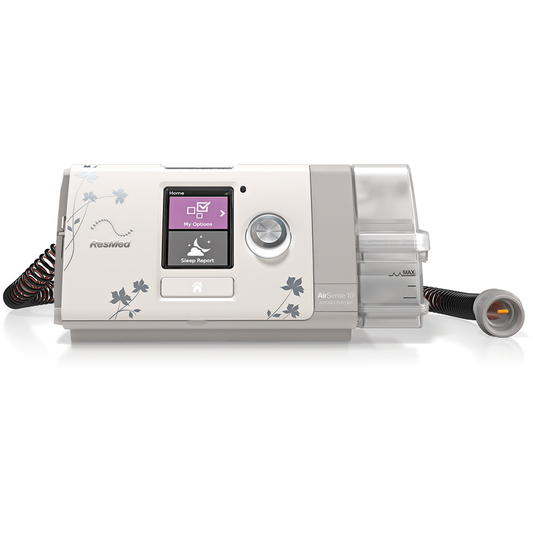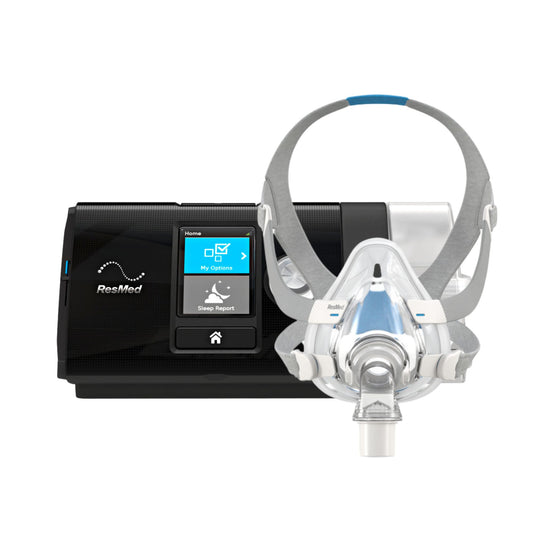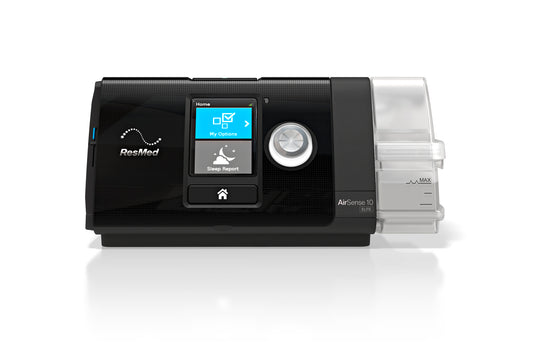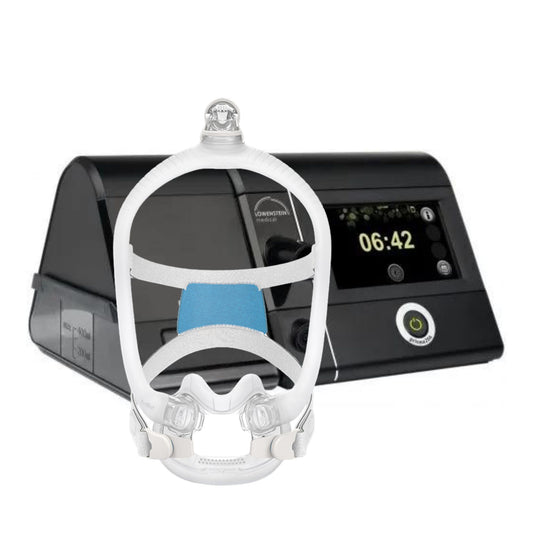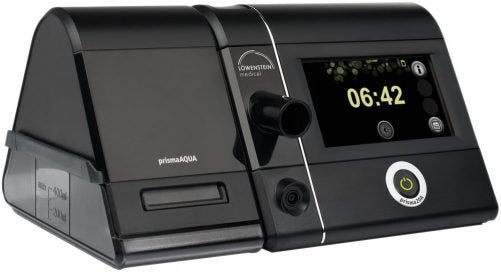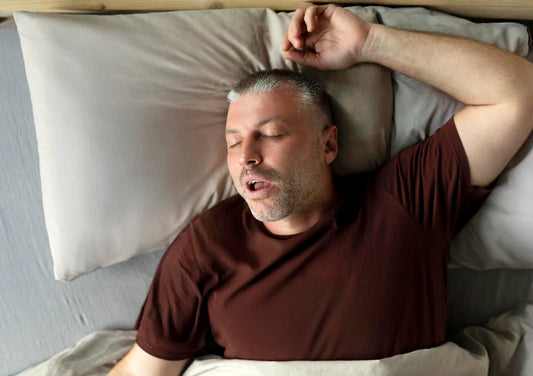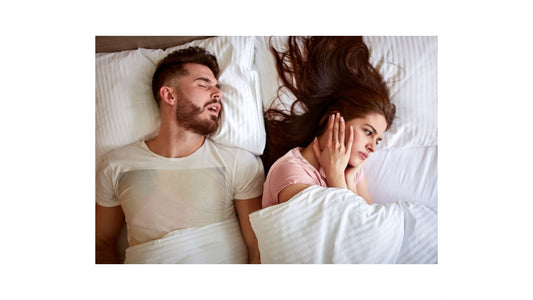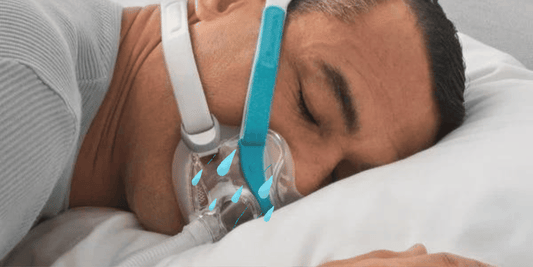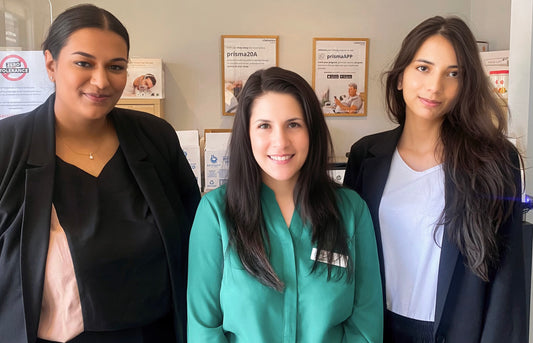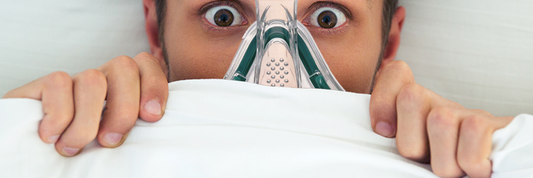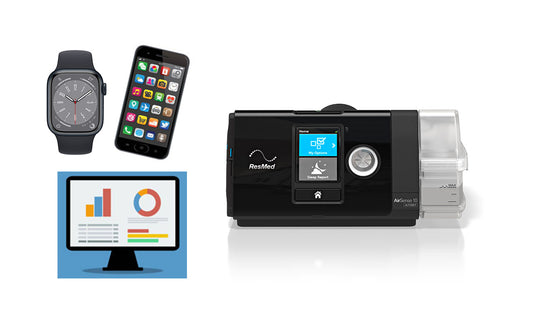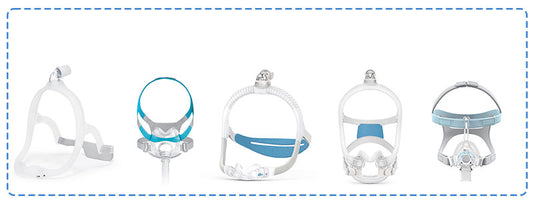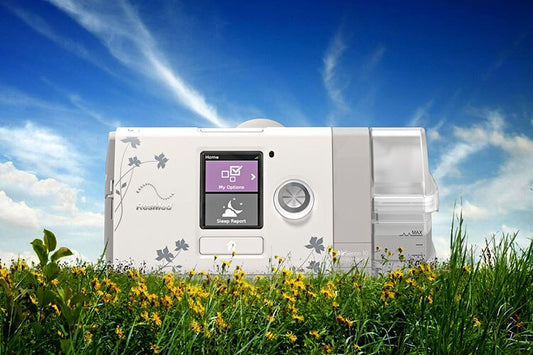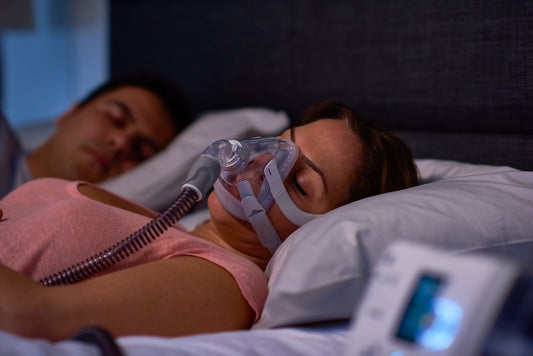Obstructive sleep apnoea seems to be a growing concern in children, and even infants, today. Studies indicate that sleep apnoea affects 3% of children between the 2 to 8 years old. Some of the most common triggers of sleep apnoea among children of all ages are: narrow upper airway, adenoids or large tonsils, and obesity,
A child who snores during sleep is not really a cause for concern. But if the snoring causes a child to stop breathing for a few seconds then reverts back to breathing and even snorting after, then that is a cause for concern. This sign becomes more significant if the child exhibits classic daytime signs of obstructive sleep apnoea.
In some cases swollen tonsils or adenoids cause the persistent snoring. But if the child has no swollen adenoids or tonsils, then a trip to a pediatrician is a must for further diagnosis. Pediatric sleep apnoea can be treated by doing adenoidectomy or tonsillectomy on the child. However, this type of surgical treatment has been found to be ineffective in completely treating 30% of afflicted children.
Children diagnosed with ADHD, Asperger, autisms, non-verbal learning disorders, and bipolar disorders are at risk of developing sleep apnoea. Food allergy or intolerance, as well as genetics are risk factors too.
OSA in children can cause learning, memory and behavior problems similar to ADHD. These children may show signs of hyperactivity, irritability, inattention, and acting out episodes in school.
Symptoms of Sleep Apnoea in Children
Aside from heavy irregular breathing, a child with OSA will most likely snort and gasp alternately with a few seconds of silence. Infants with sleep apnoea might have bradycardia, and may have a slight change in skin coloring during an episode.
Some of the common daytime symptoms include:
- Daytime fatigue]
- Difficulty waking up
- Headaches in the morning
- Hyperactivity and aggressiveness
- Learning problems
- Poor school performance
- Inattentive
- Overweight
- Regular upper airway infection
- Cardiovascular problems such as irregular heartbeat and high blood pressure
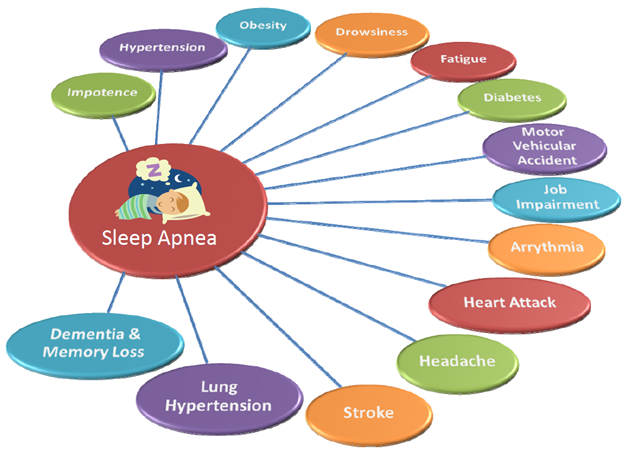
Symptoms during sleep are most likely to occur if a child has obstructive apnoea. These symptoms include restlessness, breathing through the mouth, night sweats, nightmares, and parasomnia or unusual behavior of the nervous system.
If more than two of these symptoms manifest in a child, he should be evaluated by a sleep specialist to diagnose his condition.
Some children with OSA do not exhibit aggressiveness or hyperactivity. They might snore and snort while sleeping, and since there is no other symptom of OSA, the child parents might not see his other symptoms as a cause for concern.
Other Causes of Obstructive Sleep Apnoea in Children
Aside from large tonsils and adenoids, another risk factor of OSA in children is nasal obstruction due to allergies, or deviated septum.
Allergic reactions or asthma could lead to the enlargement of the pharyngeal region as well as mucosal swelling. If any of these conditions are present during early childhood, the maxilla-mandibular growth of the child will be greatly affected, and may lead to a decreased upper airway.
A child with small lower jaw and big soft palate is also susceptible to obstructive sleep apnoea.
Obstructive sleep apnoea is a debilitating illness that affects a child’s growth and development. Parents must be doubly observant if their child snores, snorts, and stops breathing for a few seconds during sleep.
CPAP therapy is the best treatment option for obstructive sleep apnoea in children.
Call us now for consultation.
1-300-759-006
